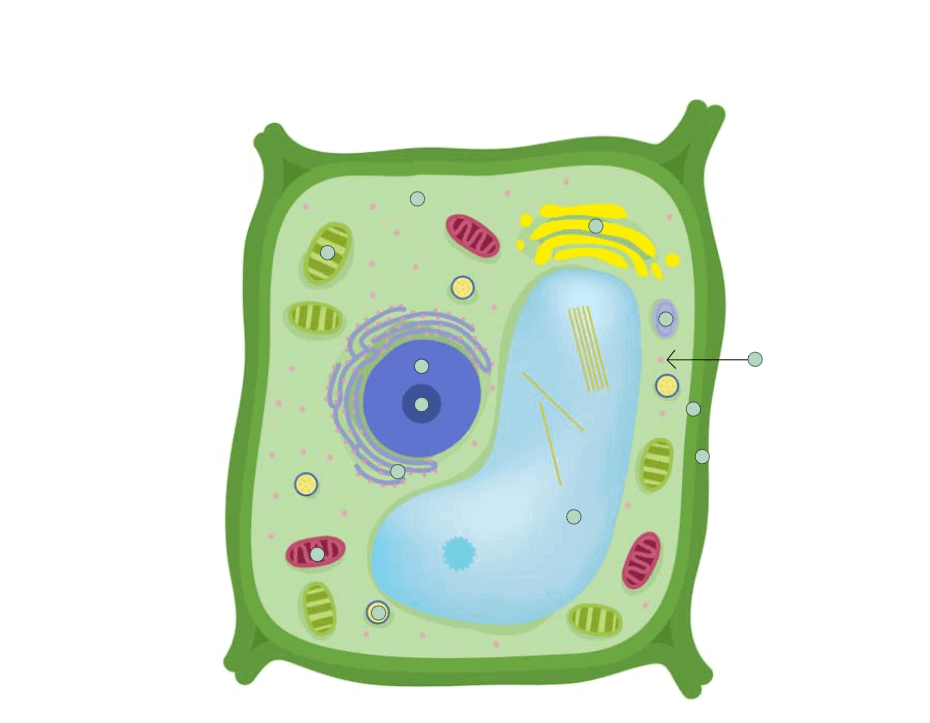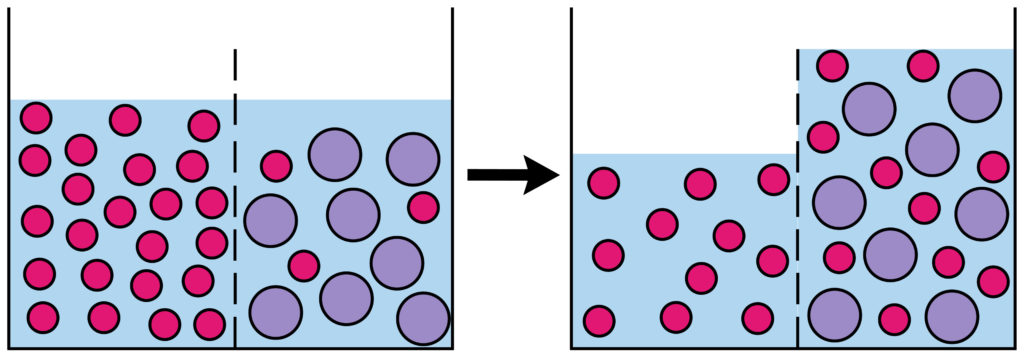2nd principle:Cells are the _____ unit of life.
What is basic?
This organelle controls what enters or leaves the cell (gate keeper)
What is the cell membrane?
What type of cell is this? (animal or plant)

What is animal?
This is a disadvantage of being an unicellular organism.
If one cell dies, the whole organism dies.
In what direction is the net movement flowing?
What is left to right?
All ____________things are made of cells
What is living?
The site of photosynthesis.
What is a chloroplast?
What type of cell is this? (animal or plant)
What is plant cell?
This is a collection of similar cells that work together to do a specific function.
What are tissues?
What is the net movement of particles (water)?

What is the movement of water until it reaches equilibrium?
3rd principle: All new cells are made up from ______________ cells
What is pre-existing?
What is the watery, jelly-like substance inside the cell in which other organelles are suspended? (jelly)
What is cytoplasm?
This cell contains one large vacuole versus many small vacuoles.
What is plant?
Name an organ in the respiratory system
What are lungs, trachea, epiglottis, and nasal cavity?
This is the selectively permeable membrane from a region of high water potential to a region of low water potential
What is Osmosis?
1st principle: All organisms are composed of ______________ cells
What folds, packages and sends proteins for transportation within the cell? (post office)
What is golgi apparatus or golgi bodies?
This type of cell contains lysosomes while the other does not.
What is animal cell?
This is the function of the nervous system.
What is Acts as an internal communication system?
What is osmosis?
The difference between theory vs. law.
What is?
Theories are used to explain complex natural processes not easily quantifiable (e.g., cells, evolution)
Laws often use mathematical formulas to show relationships and make predictions about the natural world
These release digestive enzymes to clean up the cell and remove wastes. (only in animal cells)
What are lysosomes?
Describe 3 main differences between a plant and animal cell.
What is the plant cell has a cell wall, one large vacuole, and chloroplasts while the animal cell has many small vacuoles and lysosomes?
This is how the excretory system and the circulatory system work together.
What is The circulatory system brings waste to the excretory system, which removes the waste.
An example of this is smelling a balloon with sweet extract in it.
What is diffusion?